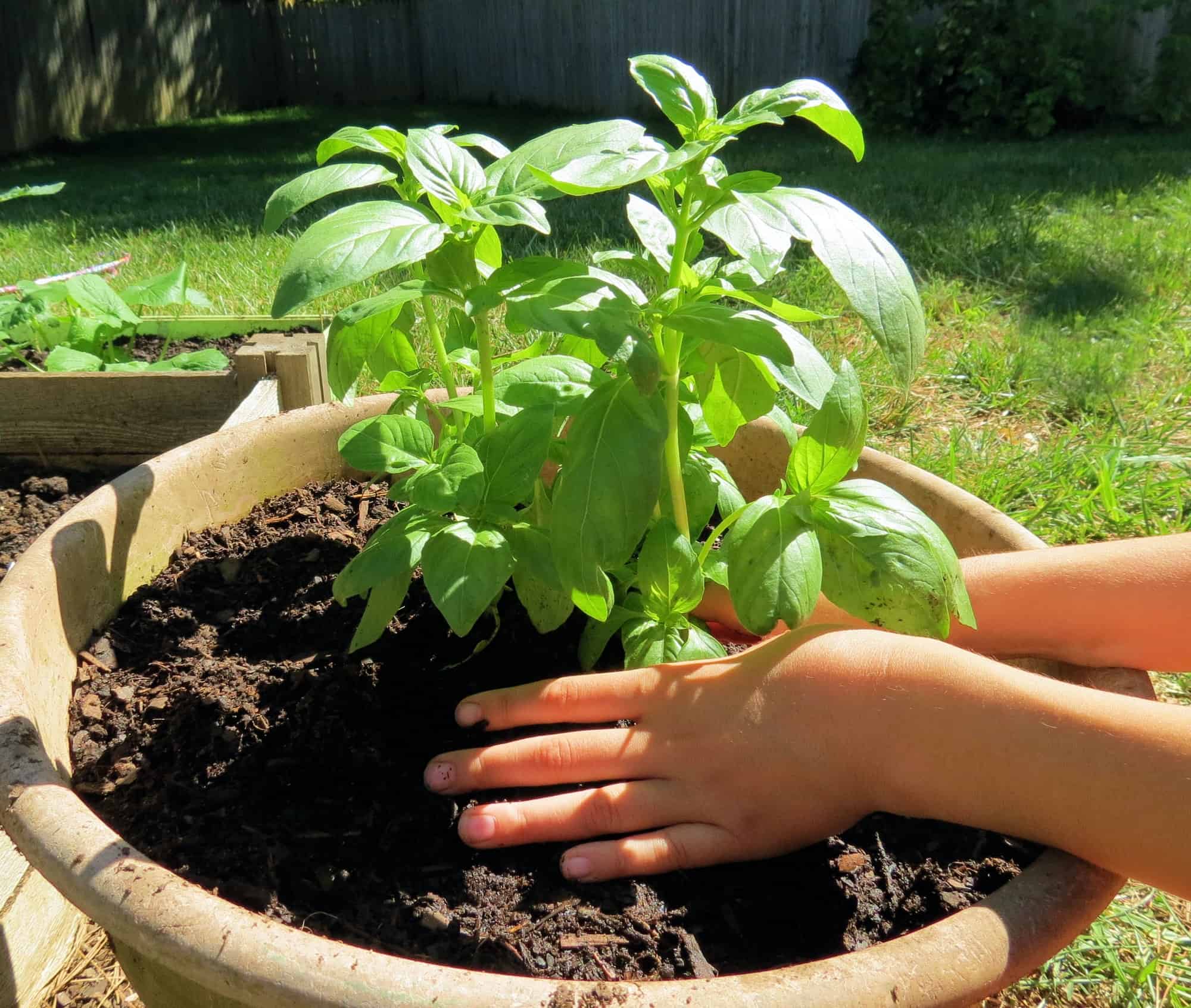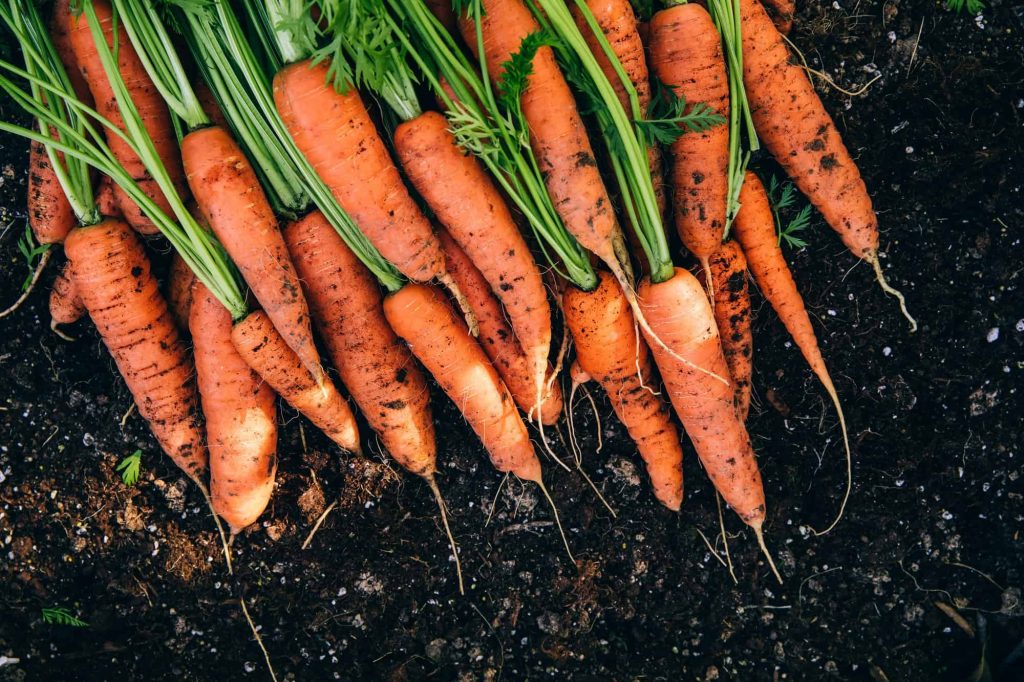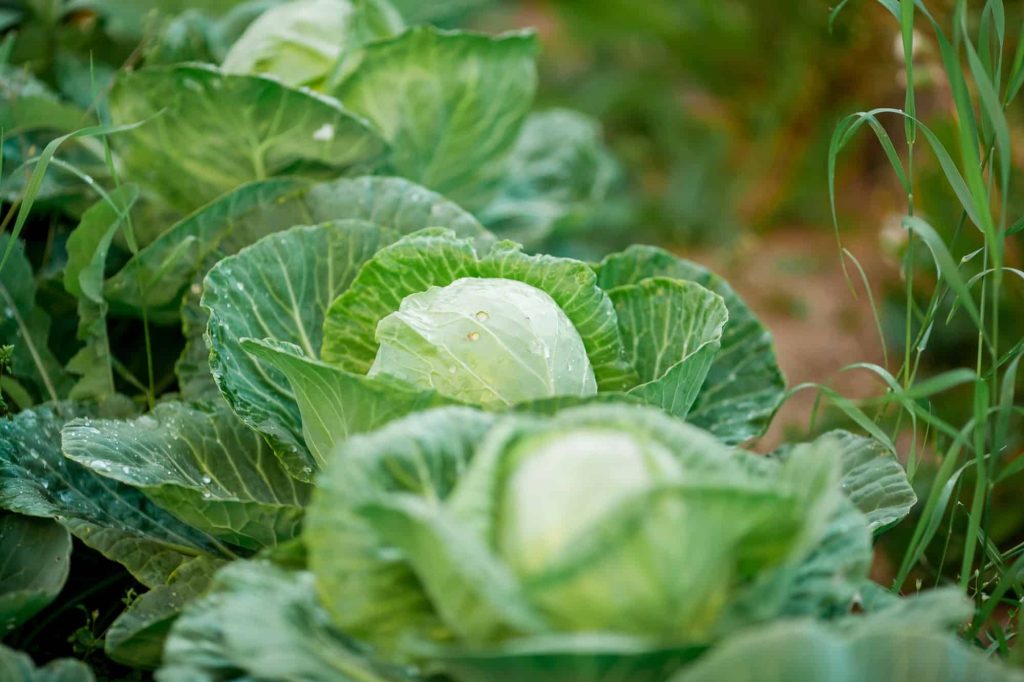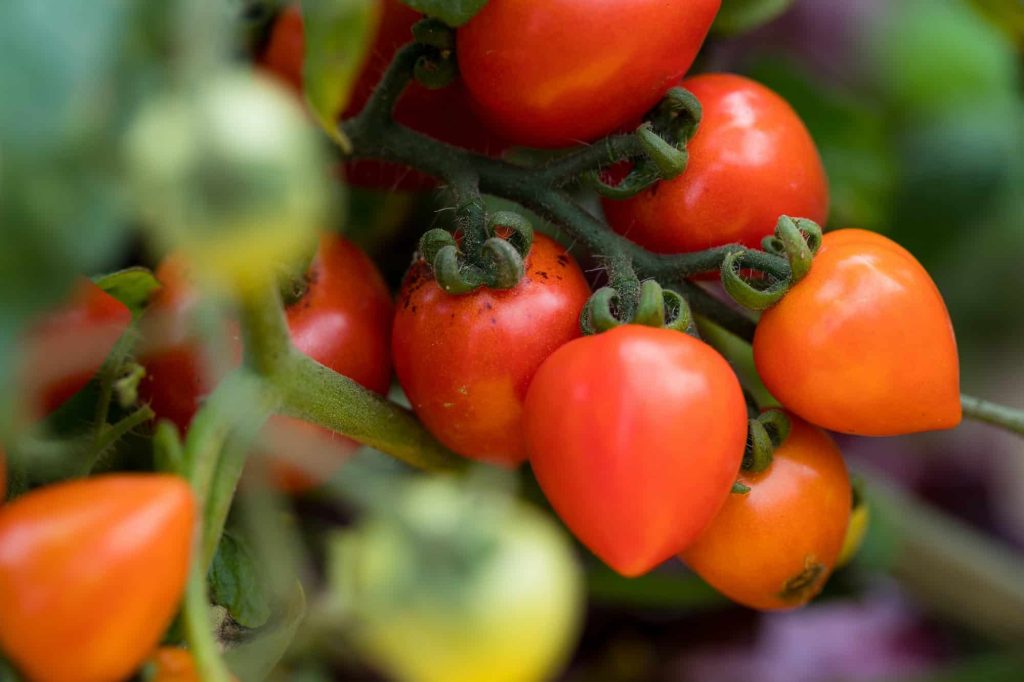Tomato is a delicate plant that needs to be properly cultivated to get the best out of it. While growing tomatoes, you can be faced with some challenges like; the infestation of pests, weak stem, and infection with fungal diseases, but they will grow well when planted with a suitable companion plant
Tomato plants are found in temperate regions and are perennial crops.
Tomato is one of the best vegetables to cultivate in your garden. It contains lycopene which strengthens the immune system and combats diseases like cancer. Consumption of Tomatoes can also give you a good vision. Although growing tomatoes comes with its difficulties, they will yield better when cultivated with the right companion plants.
Some of the best companion plants to grow with tomato are crops from the family of spices, greens, and legumes. These excellent companion plants are onion, basil, thyme, winter rye, crimson clover, cucumber, asparagus, and sweet alyssum. It is not a good idea to plant tomatoes with plants like fennel, cabbage potatoes, or corn.
Companion planting is a beneficial method of gardening for tomatoes. If you are new to it, then you must learn about the kind of companion plants that will enhance its growth and the plants you should avoid cultivating with it to get a juicy harvest.
10 Best Tomato Companion plants
Companion planting has to do with the cultivation of crops that will benefit each other. It’s more like a symbiotic relationship. It’s a situation whereby a plant is cultivated close to another to add some nutrients and give it a better yield. For your tomatoes to yield better, consider growing them with the plants listed below
1. Thyme
Whenever you are disturbed by armyworms, think of thyme. Thyme is the perfect companion plant to take care of armyworms troubling your tomatoes. Just like tomato, thyme is also perennial which makes it suitable as a companion plant.
2. Radish
Radish helps in getting rid of flea beetles. The flea beetles destroy the radish rather than feed on the tomato plant. To protect your tomatoes, position the radish adjacent to the tomato plant and watch it protect the tomatoes.
3. Basil

Basil is one of the companion plants that can’t be ignored when you want to get the best yield out of your tomato plants. Its pungent smell helps to get rid of hornworms and prevents the hornworms from perceiving the tomato’s scent. Thereby protecting the foliage of the tomato. It also adds flavor to the tomatoes
4. Sweet Alyssum
This plant serves as a distraction for parasitic wasps. It’s being fed on by aphids instead of the tomato plant. It is one companion plant that should be grown beneath your tomato plants to protect it.
5. Winter Rye
Winter rye prevents weeds from competing with the tomato plant for nutrients. They also act as cover crops and help reduce the growth of weeds. It contains some chemicals which are responsible for this.
6. Crimson Clover
This companion plant acts as a mulch for tomatoes. What a mulch does is that it prevents weeds and retains the moisture of a plant. Planting crimson clover beside your tomato plant will help conserve the moisture of your tomato plant. It also provides your tomatoes with beneficial insects.
7. Cucumbers
Cucumbers also serve as living mulches for tomato plants. They produce some chemicals which inhibit the growth of weeds thereby promoting the growth of the tomatoes.
8. Carrots

Carrots are good companion plants for tomatoes. They can be cultivated when the tomatoes are at the early girl stage and can benefit from each other’s nutrients.
9. Asparagus
Asparagus is a danger zone for nematodes which can be harmful to the tomato plant. The proximity of the tomato plant also helps to prevent beetles from destroying the asparagus plant.
10. Parsley
These companion plants will protect your tomatoes well and help them yield better. It invites predators that feast on insects that can be of harm to the tomato plant.
What Not to Grow Near Tomato Shrubs
Now that you have learned about the companion plants that will be of mutual benefit to your tomato plant. You need to be aware of those plants you should not dare cultivate with your tomato because it might attract pests, reduce its nutrients, or attract diseases to it. Below are the plants you should watch out for
1. Corn/Maize
Corn earworm is a nematode that can destroy your tomato plant with its destructive larvae. Corn attracts this pest to your tomato so you should avoid planting corn close to it if you want your plant to come out juicy and nutritious. It can also attract a known enemy of tomato plants- the Tomato fruit worm which is responsible for destroying the fruit and stems of your tomato plant till it’s left with nothing. These tomato fruit worms are stubborn and difficult to get rid of and you want to avoid this for your tomato plant
2. Fennel
Fennel is an enemy of many garden plants and Gardeners advise that it should not be planted close to other plants. It releases a growth-inhibiting chemical from its roots. If you want healthy growth for your tomatoes, be wary of this plant.
3. Cabbage

Cabbage belongs to the family of Brassica and its brothers are Broccoli and Kale. These plants mentioned shouldn’t be found close to your tomato plant if you want a bountiful harvest. Cabbage requires a lot of nutrients to grow well. That means it will leave your tomato plant with little or no nutrients if cultivated together. It will compete with your tomato for nutrients.
4. Potatoes
One of the enemies of Tomatoes is Potatoes even though there is a rhyme in their pronunciation and belong to the same family- the nightshade family, they are sworn, enemies. Potatoes can affect your tomato plant with a fungal disease passed through the soil. They can also compete for nutrients with the tomato. You want to keep this plant away from your tomatoes to enhance their growth.
5. Dill
Some gardeners concluded that dill is a companion plant for tomatoes which is true when the dill is still very young because it wards away aphids and other pests. Soon as the doll matures, it starts to inhibit the growth of the tomato and produces a contrary result.
5. Eggplant
Blight is a disease that affects both tomatoes and eggplant. Brown lesions on leaves and tomato foilage are diseases caused by early blight and Eggplant can invite them to destroy your eggplant.
6. Walnut
Just like Fennel, walnut releases growth-inhibiting chemicals known as juglone, and this is termed allelopathic. Allelopathic plants are plants that inhibit the growth of other plants by releasing some chemicals. Fennel can also be grouped into the category of allelopathic plants. When preparing the compost for your tomato plant, never make use of walnut shells as they’ll hinder its growth.
Companion planting guide for tomatoes
Here are some quick companion planting tips for your tomato plants.
- Avoid cultivating plants that grow well in moist soil close to your tomato plant. Tomato requires a little amount of water to grow.
- Avoid growing plants that require fertilizer or much nutrients. These plants are also called heavy feeders and cabbage is an example. They will compete with your tomato for nutrients.
- Avoid cultivating plants that will attract pests to your tomato plant
- Consider growing marigold next to your tomato to encourage pollination
What can you not plant with companion tomatoes?
Can tomatoes be planted next to each other?
Can you grow tomatoes and strawberries together?
How far apart do you plant Early Girl tomatoes?
How many tomato plants can I grow in a 4×4 raised bed?
Do Early Girl tomatoes need pruning?
Final thoughts
Tomatoes require proper care and attention to yield properly. Companion planting will guide you on how to successfully cultivate a tomato plant. When you take heed to the instructions outlined above, you will have a bountiful harvest of juicy tomato plants.
Read more advice:
